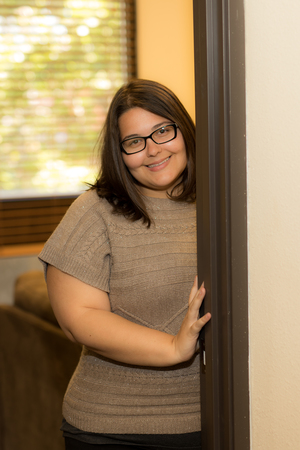5 Effective Communication Skills
Something that people often bring into my therapy room is that they want to communicate better. You may ask, “what does that even mean? Well, I am going to tell you exactly what that means in 5 effective communication skills. To start off, I think we need to start with the basics and discuss what communication even means. “Communication: a process by which information is exchanged between individuals through a common system of symbols, signs, or behavior.” (Merriam Webster). In really people terms it’s how we talk to our spouse, our kids and even our boss. This would also include the great amount of nonverbal communication that we do. Ever ask yourchild if they ate that cookie you left on the counter? They shake their head, but this little smile comes across their face and the cookie that you had been saving is gone; that is nonverbal communication. Other nonverbal communication is eye-contact, tone, body posture or gestures. Now that we know WHAT communication is, let’s figure out how to do this effectively.
5 Effective Communication Skills
- Active listening– this means to listen with your body giving full attention to the person that is speaking. It means to be alert while the other person is talking. It requires the person listening to be interested and to fully concentrate on what the person talking is saying. This also includes nonverbal communication (eye contact, facial expressions, nodding, etc.)
- Asking questions– when you are in conversation with someone, asking questions show that you are interested in what the other person is saying. This can include open-ended questions such as questions that start with how, what, where, who, when or “can you tell me more about that?” Or even closed ended questions like “Are you feeling better today?” “Can I help you with that?” or “Have you completed your homework?”
- Clarifying and summarizing– this is to ensure what you are hearing is being heard correctly. It is also helpful in making sure the person talking is getting their point across clearly. “So, what you’re saying is ________?” “Do you mean you want to go out to dinner?” or “Did I understand you when you said…?”
- Being present– being in the moment with the person you are communicating will provide a better chance to understand and empathize with the person you are communicating with. Your time and attention is focused on to the person that is speaking. (Put down that phone)
- Being clear– speaking clearly and concisely is effective because then there is little room to misunderstand or misinterpret what is being conveyed. Say what you want _____ “I would like it if we went to the movies” instead of “Sure would be nice if we might go to the movies”. This last sentence is not as direct, and communication is always better if the listener doesn’t have to guess at what you are thinking or feeling. Tell that person. It’s only in the movies when people can read minds. In real life, being direct is the key.

About the Author
Courtney Whetstone, AMFT is an Associate Marriage and Family Therapist who works with children and adolescents, couples, and in crisis intervention.
She has experience in many areas, including family reunification and parenting.
Courtney works in both the Riverside and Murrieta office.
To contact Courtney or any of our therapists please call 951-778-0230.
Call
+1 951 778 0230
Text
+1 909 217 1166
Info@centralcounselingservices.net
Get in Touch
Follow
CCS Murrieta on Facebook
Visit
Suite 111, 29970 Technology Drive
Murrieta, CA 92562
